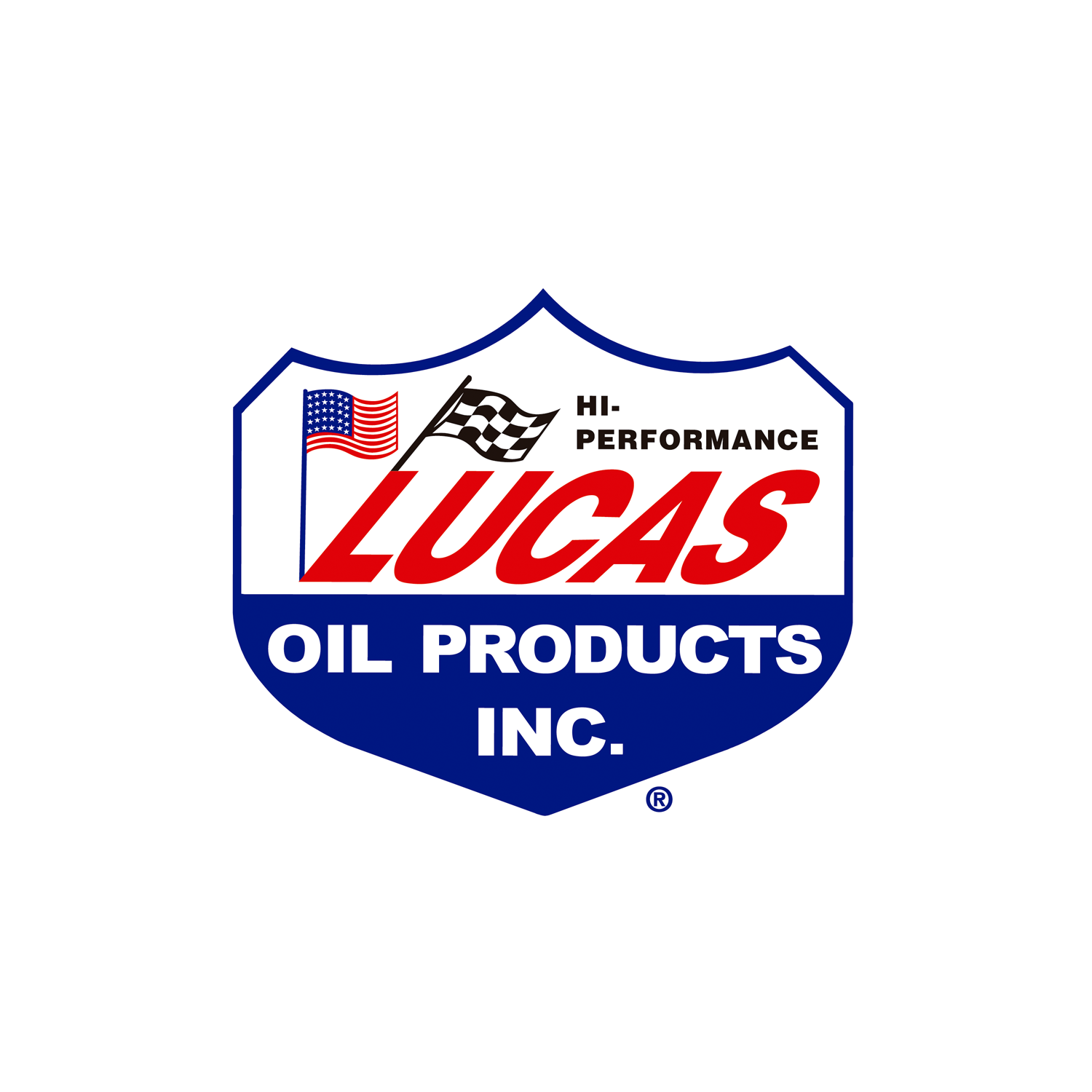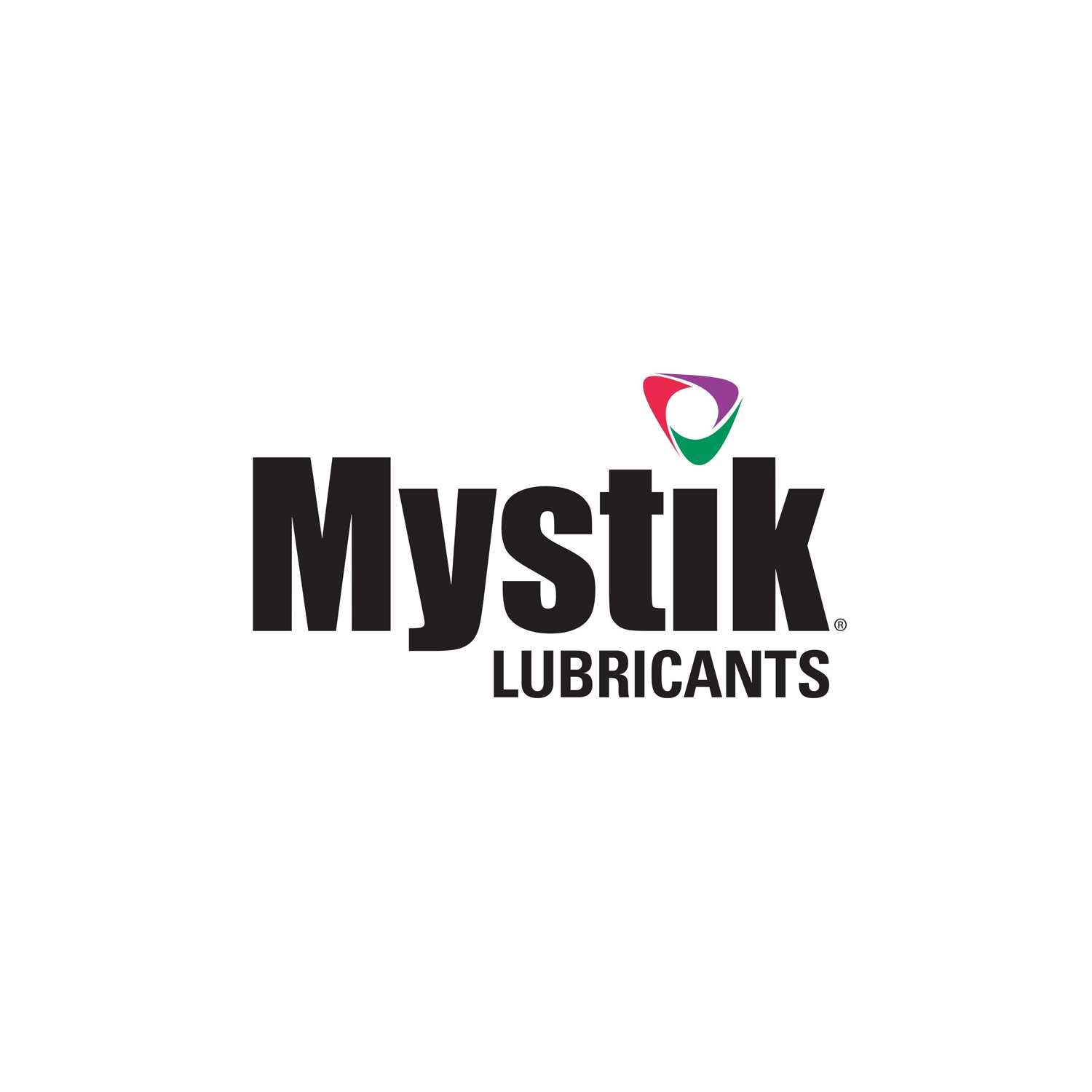The Importance of Creating a Lubrication Forecast
Posted by JS on May 24th 2023
Lubrication plays a vital role in reducing friction, wear, and heat in machinery, ensuring optimal performance and longevity. By developing a lubrication forecast, businesses can proactively plan lubrication activities, optimize resource allocation, prevent equipment failures, minimize downtime, and improve operational efficiency. This highlights the key benefits of lubrication forecasting and emphasizes its role in maximizing equipment reliability and reducing maintenance costs.
1. Introduction
Lubrication is a fundamental aspect of equipment maintenance in industrial and mechanical systems. Its primary purpose is to reduce friction and minimize wear and tear, ultimately extending the lifespan and ensuring optimal performance of machinery. The creation of a lubrication forecast allows businesses to strategically plan lubrication activities, leading to improved maintenance practices and enhanced operational outcomes.
2. Preventing Equipment Failures
One of the primary reasons for creating a lubrication forecast is to prevent equipment failures. Inadequate or improper lubrication can result in increased friction, excessive heat generation, and accelerated wear of critical components. By forecasting lubrication needs and following manufacturer guidelines, businesses can ensure that machinery is properly lubricated at all times. This proactive approach significantly reduces the risk of unexpected breakdowns, minimizing costly repairs, and preventing unplanned downtime.
3. Optimizing Resource Allocation
Effective resource allocation is crucial for businesses to operate efficiently. By creating a lubrication forecast, companies can accurately estimate the quantity and types of lubricants required for specific machinery and equipment. This allows for better inventory management, ensuring the availability of the right lubricants in sufficient quantities when needed. Proper resource allocation not only minimizes wastage but also reduces costs associated with excessive inventory or emergency purchases.
4. Minimizing Downtime
Downtime can be detrimental to business operations, resulting in decreased productivity, lost revenue, and dissatisfied customers. A lubrication forecast helps minimize downtime by proactively scheduling lubrication activities during planned maintenance windows or equipment downtime. By adhering to a well-defined lubrication schedule, businesses can ensure that equipment remains in optimal condition, minimizing the risk of unexpected failures and reducing the time spent on repairs.
5. Enhancing Equipment Reliability
Lubrication is vital for maintaining the reliability of machinery and equipment. By creating a lubrication forecast, businesses can establish a systematic and regular lubrication routine. This approach ensures that equipment is consistently lubricated with the appropriate lubricants, thereby reducing friction, wear, and the likelihood of breakdowns. Improved equipment reliability translates into smoother operations, enhanced production capacity, and increased customer satisfaction.
6. Improving Operational Efficiency
Lubrication forecasting contributes to improved operational efficiency by streamlining maintenance practices. With a well-developed forecast, businesses can optimize lubrication schedules, ensuring that equipment receives lubrication at the right intervals. This approach minimizes the time and effort spent on reactive maintenance and allows for better planning and allocation of resources. Consequently, operational efficiency is enhanced, and maintenance costs are reduced.
7. Conclusion
Creating a lubrication forecast is vital for businesses seeking to maximize equipment reliability, minimize downtime, and improve operational efficiency. Through proactive planning, optimal resource allocation, and adherence to lubrication schedules, companies can prevent equipment failures, reduce maintenance costs, and achieve smoother operations. Embracing lubrication forecasting as a fundamental aspect of maintenance strategies empowers businesses to drive productivity, enhance competitiveness, and achieve long-term success in today's dynamic industrial landscape.

















